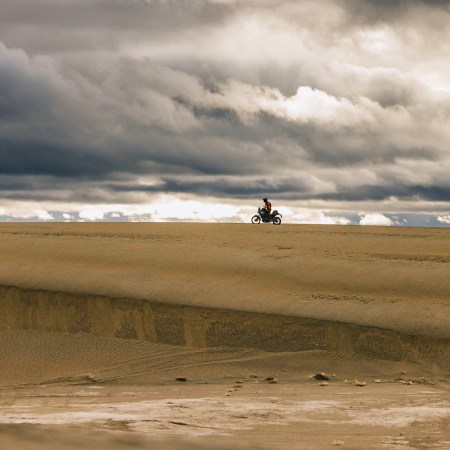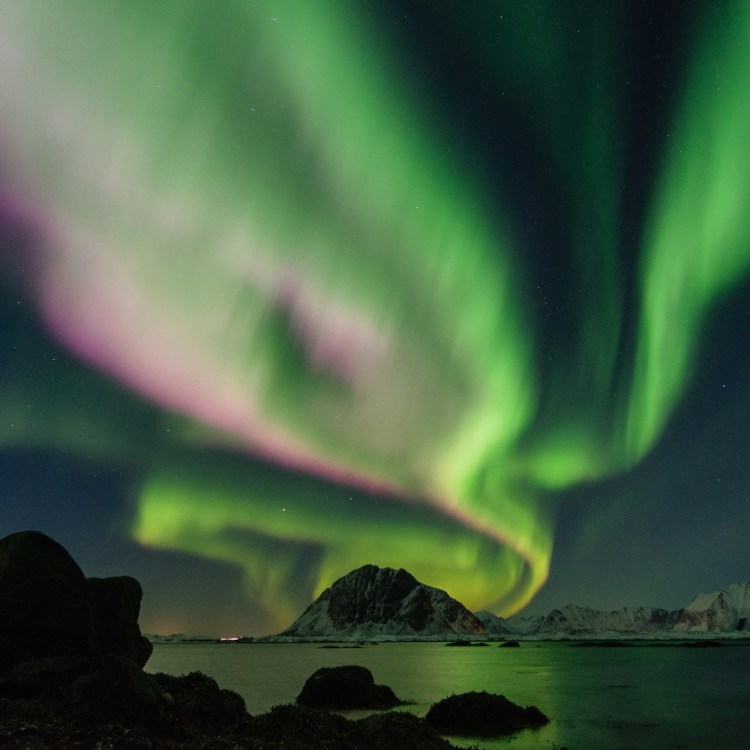They say that April showers bring May flowers.
But like most things Americans say, it doesn’t hold true in Southern California.
Here, February showers bring March flowers … assuming it rains.
Which it did in spades this year, causing a 30-year wildflower bloom (aka the super bloom), which is brightening Anza-Borrego State Park as we speak (here’s a flower map).
To help you make the most of it, we asked Cameron Barrows, Associate Research Ecologist at the Center for Conservation Biology at UC Riverside, for a few tips on avoiding crowds, finding hidden colonies and the essential gear for getting in and out.
If you’re heading there soon, stay low and go early to avoid the crowds
Barrows says that current blooms are at “the lower elevations and on southern exposures.” Two good starting points: The Visitor Center (for poppies, phacelia, cryptantha, chuparosa and brittlebush) and Borrego Palm Canyon (for Canterbury Bells, poppies, monkeyflower and phacelia).
The longer you wait, the higher you should go
“In the next few weeks, the bloom will steadily move up in elevation. There should be good blooms to view for the next month (or more). You will just need to find the right elevation.”
These spots will bill best best in the weeks ahead:
- Hellhole: Fewer crowds and a 900-foot elevation gain. It’s five miles round-trip.
- Blair Valley: An 11-mile trail with a 942 foot elevation gain
- Henderson Valley Road: Starting to bloom now.
Like bankers, wildflowers hedge
“Desert wildflowers have an amazing strategy for dealing with the finicky rainfall that defines desert conditions,” says Barrows. “Their seeds can remain alive and viable in the desert sands for decades.” This is called the seed bank, and when it rains, the seeds sense how much it’s raining and “employ a bet hedging strategy.” Continues Barrow: “If there is enough rain to germinate, usually only a fraction of the seeds actually sprout, so if the rains fall short of what is necessary to complete their life cycle, there will be ample seeds left in the sands to try it again next time. This year there has been more than enough rain: combined with the five years of drought, [that] meant that the seeds were ready for action. Hence the super bloom.”
Not all areas are created equal
This is “a reflection of local conditions,” according to Barrows. “Soil chemistry and composition and part of it, as is the ghost of blooms in past years … If a site typically gets good rains, there will be lots of flowers and lots of seeds. If it rarely gets good rain, then the seeds will be fewer.”
To find the best pockets of blooms, study the area’s ecology
“Bloom-friendly sites are situated in areas that receive both winter and summer rain with some regularity (relatively speaking) and have sandy, well-drained soils. Well-drained soils maintain the seed bank viability much longer.”
And bring a good pair of sunnies, sunblock and plenty of water
We like these:
- SALT Optics: They use the best glass, and better glass equals better color
- Kiehl’s 30 SPF: Great protection that won’t make you feel gross
- Mizu: They make various-sized water bottles that’ll keep your H2O cold, which is what you’ll want out in the desert
This article was featured in the InsideHook LA newsletter. Sign up now for more from the Southland.






















